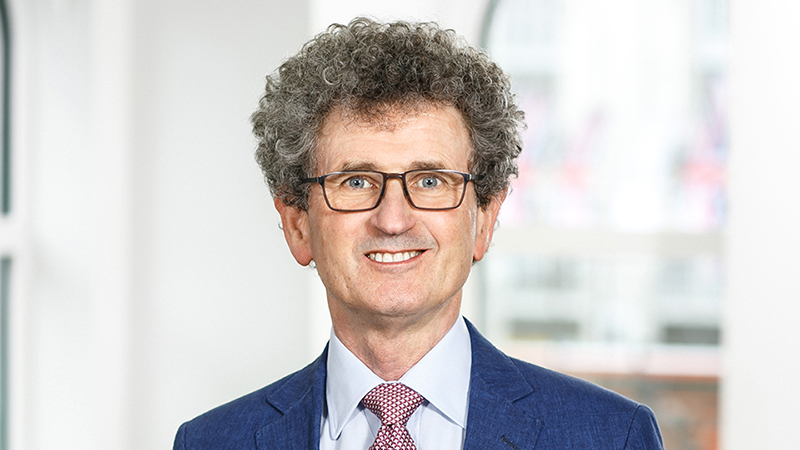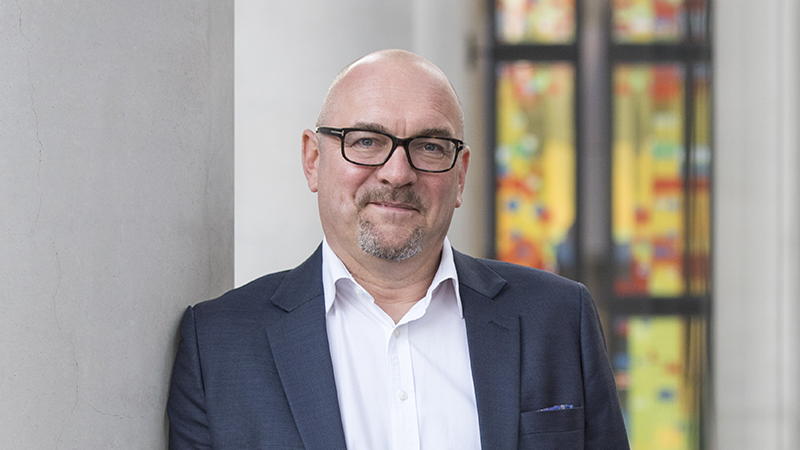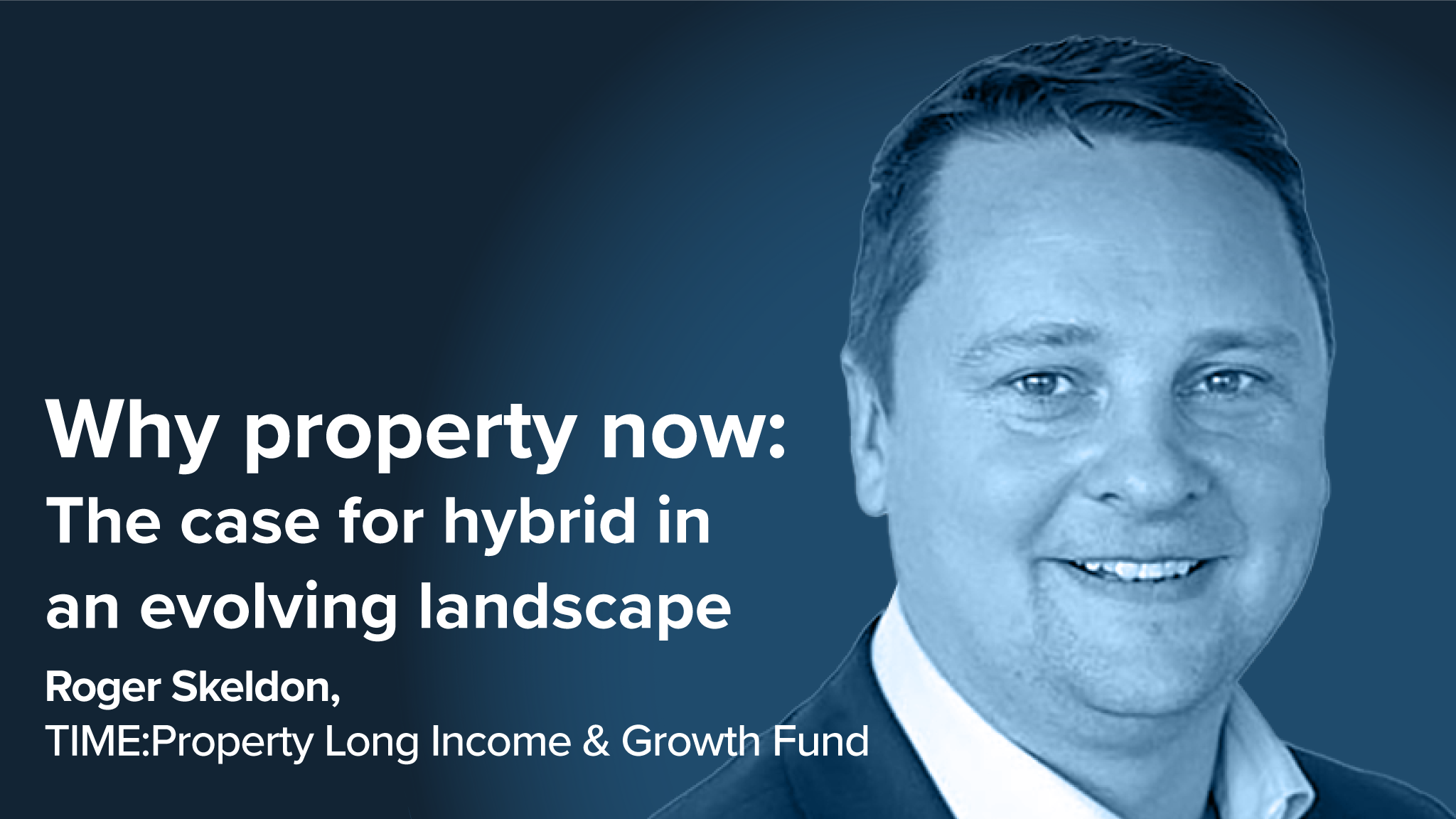In the latest in our regular series, Portfolio Adviser hears from Jonathan Willcocks, global head of distribution, Premier Miton (pictured below.)
Which particular asset classes and strategies do you anticipate your intermediary clients focusing this year and into next?

The last few years have all been about getting your equity exposure right with regards to the US, having been in a bull market upward trend for the past decade and thus having become dominant in all the benchmarks. That has been on the way up. What happens now? We are seeing the first sign of investors moving away from the US towards the UK and Europe. Will this trend continue? Will smaller companies come back into vogue? Fixed interest is now an investable asset class again, with the higher yields on offer. So, ever more so, diversification is important as macro and geopolitical risks remain heightened currently. As the saying goes, diversification is the only free lunch in investment.
Should end-investors – and, by association, asset managers – be thinking beyond equity and bond investments? Towards what?
In what appears to be an increasingly uncertain world from a geopolitical perspective, and as the risk-free rate has come down, we are seeing a rapid increase in interest in absolute return funds once more, providing investors with a stabilising balance to the volatility we are seeing in equity and bond asset classes.
To what extent do private assets and markets fit into your thinking? What are the currents pros and cons for investors?
When the risk-free rate was low (the era of zero interest rate policy), investors moved into the higher yielding end of the credit spectrum, until all yields came down to such a level that investors were forced to go elsewhere to get the pick-up in carry, chasing the illiquidity premium that private markets and private credit had on offer (private markets can also offer some stability from market volatility as they do not mark to market every day).
Today, however, the picture looks very different. Investors can now get 6-8% yield on investment grade bonds, with daily liquidity. This means that many advisers no longer feel the urge so strongly to allocate to private markets as they have done in previous years
Given client and regulatory pressure on charges, how is your business delivering value for money to intermediaries and end-clients?
We think about pricing all the time. Every year we produce our annual assessment of value report for all our funds. Asset management is about providing access to building blocks of portfolios or solutions, at a competitive price, with the commensurate levels of service. My one worry is that we live in a world where the focus has become increasing focussed on price, and not necessarily on the long-term outcome for investors.
How much of your distribution is currently oriented towards climate change, net zero, biodiversity and other segments of sustainable investing? How do you see this approach to investing evolving?
We all want to live in a better world. We all want to invest to make the world a better place. The introduction of the new SDR labels in the UK is a welcome step as this creates a very clear differentiation for those funds that have received approval for a label.
Over the past couple of years, as we waited for regulatory clarity, and as the fall-out from the war in Ukraine became evident (rising energy prices, a need to spend more on defence), demand from advisers and investors has waned, but we believe this should start to pick up again over the next few years.
How are you now balancing face-to-face and virtual distribution? In a similar vein, how are you balancing working from home and in the office?
I encourage face-to-face meetings as much as possible because when you are in a physical meeting, then you and the intermediary are entirely focussed on the meeting. When doing virtual calls, it is much easier for either party to get distracted. Furthermore, when building trust with a new relationship, there is no substitute for face to face.
All our fund managers are very accessible and are often out meeting intermediaries. Clearly once the relationships have been established then physical meetings can be augmented by virtual ones. As for myself, I spend four days in the office and one day at home catching up on emails and writing reports etc.
What do you do outside of work?
I enjoy playing golf, travelling to new parts of the world that I haven’t been to before, trying out new restaurants and cuisine, and also hoping one day Arsenal might win the Premier League once more!
What is the most extraordinary thing you have seen in your life?
The sun setting over the mountains in the Namibian desert while sipping a sundowner and sitting amid the rocky landscape. The colours were simply out of this world, and one felt a long way from home/the day job!
Looking a little further ahead, in what ways do you see the asset management sector evolving over the next few years?
80% of the investable wealth in the UK is owned by those aged over 50. We are moving from an accumulation world to a retirement income world (I refuse to use the word decumulation). As such, asset managers need to provide strategies and products that increasingly focus on delivering a natural income for investors (relying on unit encashment of growth strategies leaves the end investor vulnerable to sequencing and longevity risk).










